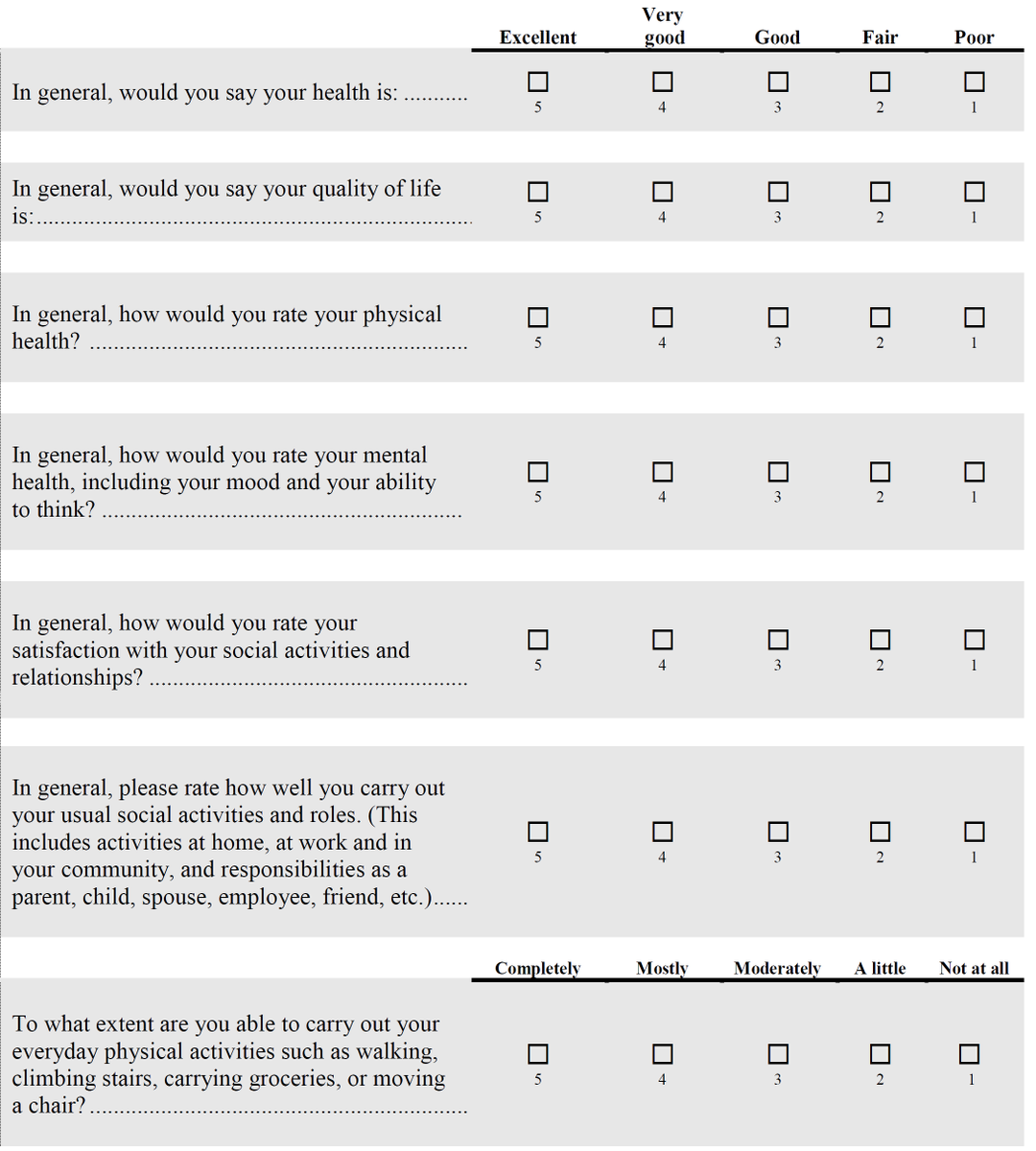
Today we commemorate half a million US deaths from #COVID19 - a staggering and heartbreaking figure. Millions are mourning. The only positive is that it is increasingly clear that this year will be better. A thread on #COVID19 mortality evidence:
In October we published an analysis showing that death rates among hospitalized #COVID19 patients had dropped precipitously at @nyulangone even after accounting for changes in patient mix. @jhospmedicine journalofhospitalmedicine.com/jhospmed/artic… 

Since then, there has been lots of corroborating evidence. This @JAMAInternalMed paper showed that mortality rates at nearly all of 398 US hospitals improved by at least 25% in the first few months of the pandemic (28k hospitalizations) ja.ma/2MdJrTm @rm_werner
We subsequently showed similarly large decreases in mortality rates across the whole of England (102k hospitalizations!) from May-July after accounting for patient characteristics, this time including post-discharge mortality too. journalofhospitalmedicine.com/jhospmed/artic… @qualitymetrics 

On the other hand, here we see mortality rates rising over time in Brazil as it became crushed by volume, straining the hospital system @LancetRespirMed @otavio_ranzani thelancet.com/journals/lanre… 

Here in the US, though, hospitalizations are plummeting. This means less hospital strain, and better outcomes. Plus, our early focus on vaccinating those at highest risk (nursing home residents) is paying off. Look how their share of deaths is dropping. 

As vaccination spreads more widely, and people keep up social distancing and mask wearing in the meantime, I have every hope we will continue to see a decline in deaths. We will always mourn those we have lost. I hope and pray that in the coming year we will lose fewer & fewer.
In memoriam, healthcare workers lost to #COVID19
https://twitter.com/CTZebra/status/1245126583536562177?s=20
• • •
Missing some Tweet in this thread? You can try to
force a refresh








